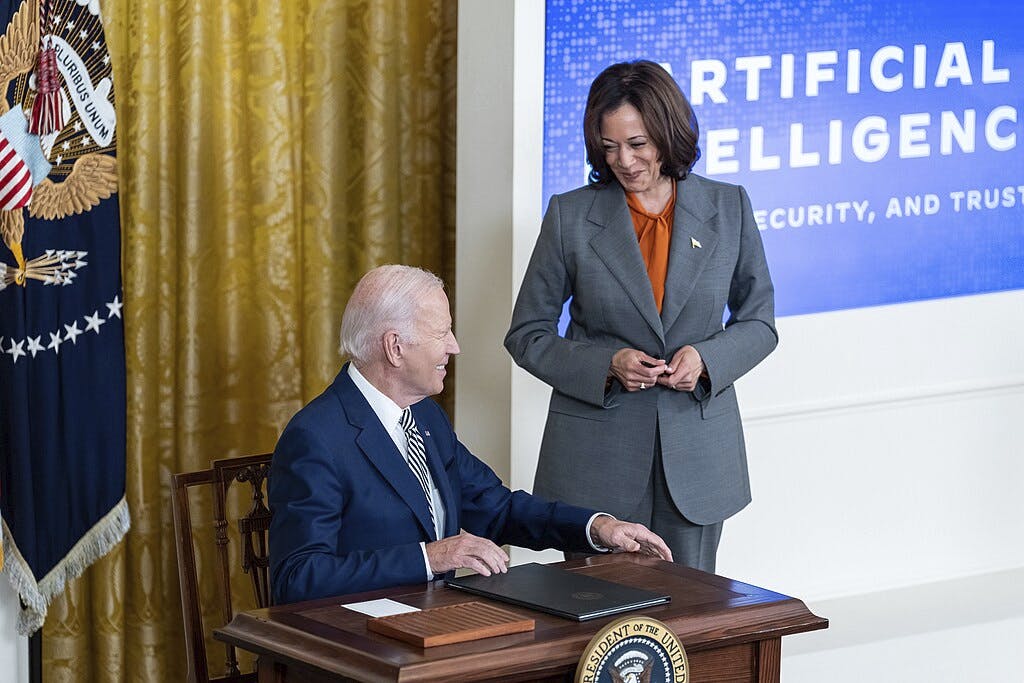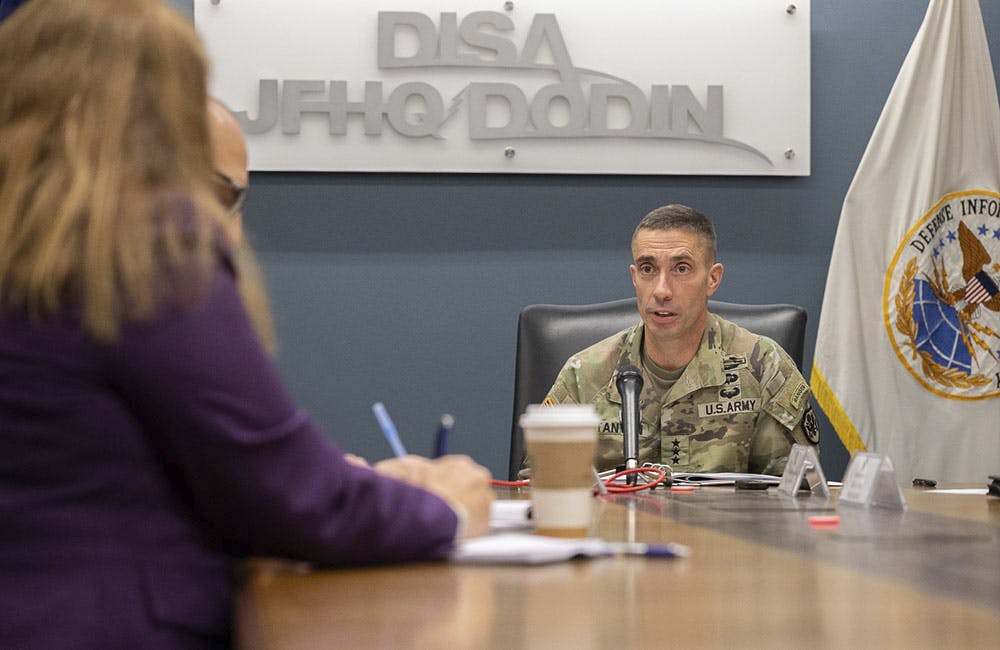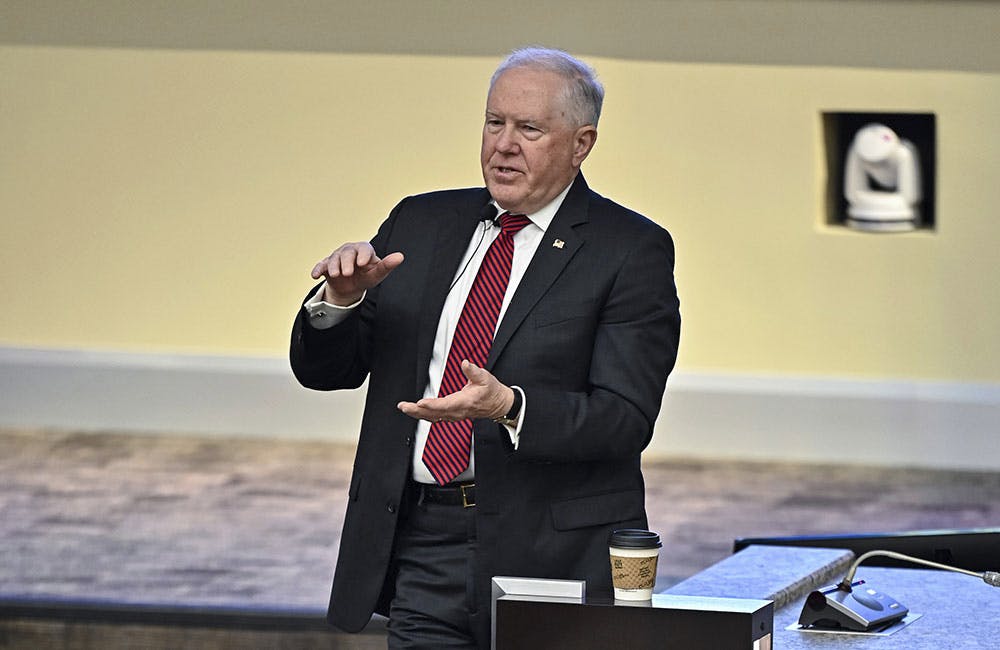VA Improving Transparency of Health Care Staffing Data
The MISSION Act led to improved reporting of staffing and vacancy data at the agency.

A year after the Department of Veterans Affairs enacted the MISSION Act to improve community care program consolidation, a recent report from the Office of the Inspector General (OIG) revealed the agency has made significant improvements in the tracking and reporting of Veterans Health Administration staffing and vacancy data.
Much of the impetus for the MISSION Act rested on resolving care provider shortages across the VHA, including a particular focus on instating steps necessary to ensure adequate staff capacities across all regional care networks. As part of a concurrent accountability process, the MISSION Act also mandates the agency disclose VHA staff vacancies on a quarterly basis via its public-facing website.
The VA has taken notable steps to track internal staffing shortages and elucidate these findings in published reports.
“In the three most recent quarterly releases, VA provided an executive summary with a brief data element synopsis for its administrations and staff offices,” the OIG report said. “VA added a summary page to the staffing and vacancy spreadsheets that provided the reader with information on how to interpret the data, overall figures for the previous quarterly data releases, and the top five vacant occupations in the Veterans Health Administration.”
OIG concluded VA has met three of the five requested steps that were mandated in the previous report from June 2019 — that vacancies be reported by occupational type, that staffing gains and losses be reported on a quarterly basis, and that all historical data be kept publicly available. As the June 2019 report noted, none of these data-reporting capacities were comprehensively implemented as of the passage of the MISSION Act a year prior.
These advances come during a time when VA has enacted its “Fourth Mission” — bolstering the medical workforce necessary to provide the best care to patients within its broader health system.
The COVID-19 pandemic has caused the VA to drastically reconfigure its health care network with the intent of providing emergency triage for veterans suffering from coronavirus symptoms in addition to mobilizing auxiliary support for local non-VA hospitals that may be experiencing patient overflow.
The agency’s vigorous development of telehealth as part of MISSION Act reforms has also allowed the agency to provide the necessary capabilities of providing veteran care during mass stay-at-home orders. The agency has seen a significant increase in the use of telehealth services since the pandemic began, said VA leaders at a recent virtual event.
This is a carousel with manually rotating slides. Use Next and Previous buttons to navigate or jump to a slide with the slide dots
-

Biden Signs New Tech Executive Orders Before Departing Office
Joe Biden signed two new executive orders this week promoting future cyber and AI priorities before Donald Trump takes office Monday.
5m read -

DODIN Strategy Aims to Outpace Cyber Threats
JFHQ-DODIN Commander Lt. Gen. Paul Stanton says the new "How We Prevail" plan moves from reactive defense to proactive threat mitigation.
4m read -

Preparing for the Future Cyber Landscape
CISA, CFPB and Rubrik discuss how they’re building cybersecurity best practices and developing their workforces to prepare for the future threat landscape and bolster cyber resilience.
30m watch -

Air Force Chief: Modernization Is Critical to Maintaining Superiority
Air Force Secretary Frank Kendall cites AI, automation and cyber resilience as key modernization components to outpace China by 2050.
3m read




